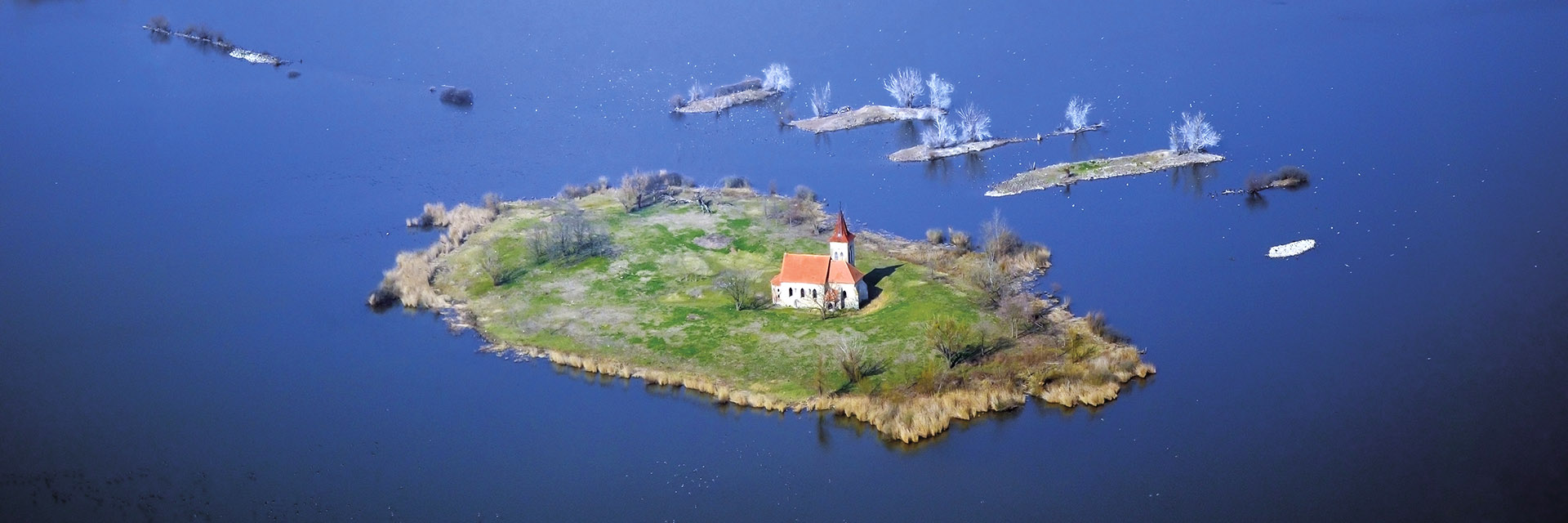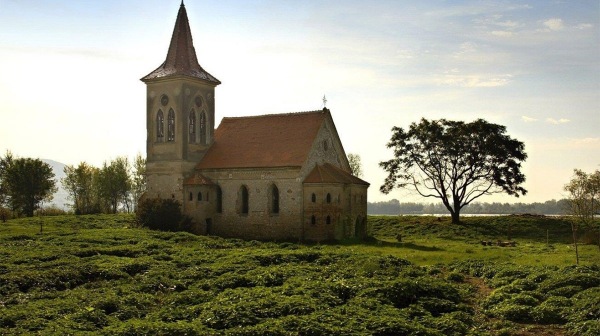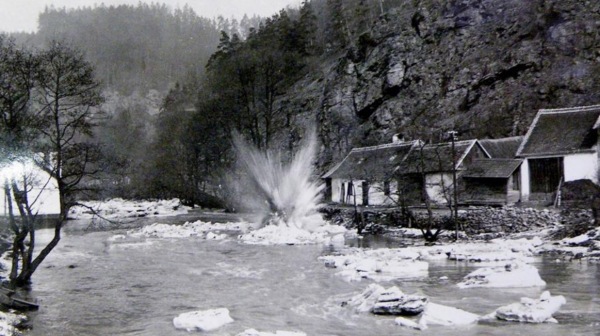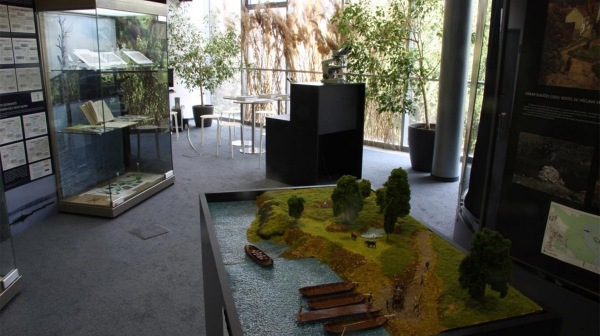Project background
Have you ever wondered what has disappeared below the reservoirs? How did people live and farm in the river floodplains? What did the landscape and wildlife look like in places now flooded with hectolitres of water? What are the stories of ancient and recent times that were washed away by the water now retained by dam walls? What has happened to the number of unforgettable places and unique natural habitats? The answers to these questions are hidden in the memories of contemporaries, in archives, commemorative books, photographs, municipal chronicles, professional publications – where the researchers of the project “Flooded Cultural and Natural Heritage of South Moravia” went to look for them.
Objectives
The aim of the project is to evaluate the historical, socio-cultural, and ecological continuity of the area altered by water management modifications at the most important South Moravian water management sites, which are Nové Mlýny, Vranov, and Brno reservoirs. The essence will be a comparison of the state of society, culture, landscape, flowing and standing water and their use, habitats and other components forming the cultural and natural heritage of South Moravia, before and after flooding during the construction of reservoirs.
Methodology
The actual work consisted of patiently searching for, finding, and collecting an extensive range of diverse materials, which were studied in detail and professionally evaluated. The materials, including information on their current location, were recorded in a common project database, creating a unique and very large set of records (more than 800) in order for it to be useable for future generations. Extensive research, detailed elaboration of partial topics and their results in individual years of the project were processed into periodic annual reports and the final report, which are also available on the project website. The data and professional conclusions were published in many types of outputs. A total of six peer-reviewed articles were created, four specialized maps with professional content, seventeen articles in journals, and four type A outputs (audio-visual production, electronic documents). A selection of the most interesting and engaging project results was presented to experts and the public in the form of an exhibition and the book Submerged cultural and natural heritage of South Moravia. Project details, including all outputs, can be found on the project website here (in Czech).





